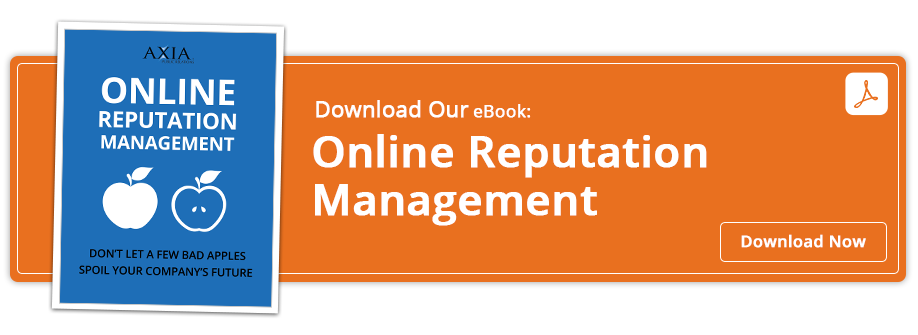 By Wendy Bulawa Agudelo
By Wendy Bulawa Agudelo
Lately, Starbucks has been earning headlines for its Race Together campaign, designed to stimulate dialogue about the controversial topic of race relations. Americans immediately took to social media with unrest, questioning why a coffee behemoth would take on the dialogue – and, more importantly, why it would use handwritten #racetogether scribbles on disposable coffee cups to engage customers on a topic so controversial. The result was major blow back, forcing Starbucks’ senior vice president of global communications, Corey duBrowa, to temporarily deactivate his Twitter account due to a “cascade of negativity.” DuBrowa has since returned to social media and insists that the Race Together conversation is about the company’s effort to support its partners (Starbucks refers to all employees as partners).
Is this a unique and brave move on Starbucks’ part? Certainly. Is it an optimal, well-thought-out plan? I’m not sold.
I give kudos to Starbucks for its out-of-the-box, progressive and, indeed, halting campaign to support its team. Yet, it’s impossible to navigate through the minefield of zingers to pinpoint the true benefit to the company, its employees or its customers. Controversial topics put more people off than not, and those people typically refrain from engaging on such matters altogether. We’ve always been trained to keep discussions like these out of social interactions.
Genuine or not, however, Starbucks has definitely impacted so many audiences that its measurement analytics are likely skyrocketing right now. Whether the Race Together campaign will plug into America’s psyche to stimulate change seems unlikely, but the company’s quarterly reports will likely indicate massive spikes in marketing analytics, given the volume of social media discussion and press coverage. Therefore, the question becomes: Is Starbucks traveling a path similar to Urban Outfitters – recognized for outrageous and controversial tactics for the sake of analytics alone? Or is Race Together a bona fide effort of some kind – the result of which has yet to truly reveal itself?
When a company claims efforts to actively engage the public in a topic that has created rifts in the fabric of our society since the notion’s inception, I’m hard pressed to believe that it’s doing so to “support” its partners. Instead, I suspect the campaign simply serves to stimulate an intense amount of conversation – positive or negative – among those paying attention. In the end, maybe that was actually the ultimate goal; Starbucks may have been feeling a wane in its competitive strength and armed itself with an idea to shake the public consciousness.
Perhaps the moral of this story is that, as a society, we seem to be so overwhelmed by the multitude of available information that advertising and PR campaigns must now include controversy to get our attention. Slap a controversial hashtag on the outer rim of a disposable cup and, apparently, you can stimulate dialogue.
As you down your grande mocha with skim milk today, ask yourself this: Did Race Together do what Starbucks intended it to do or did it simply serve to stimulate a spike in marketing analytics? Would you have opted to go a different route if it were your brand on the line?
To learn more about managing your brand and reputation, download Axia Public Relations’ Online Reputation Management guide.
Wendy Bulawa Agudelo has more than 15 years of experience in technology, business, consumer and non-profit public relations. In addition to serving on the Massachusetts Down Syndrome Congress PR Task Force, Wendy enjoys cooking and rooting for her favorite New England sports teams.
Featured image: 123rf.com
Topics: public relations, crisis communications



Comment on This Article